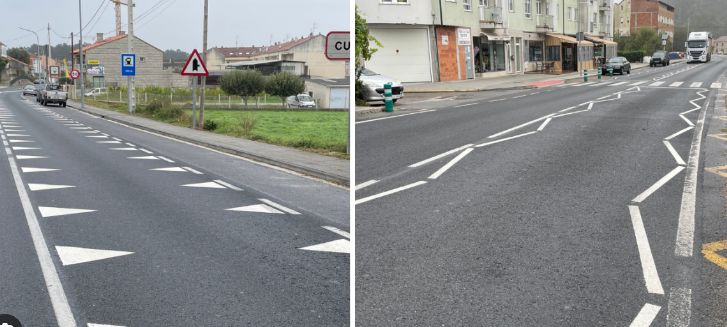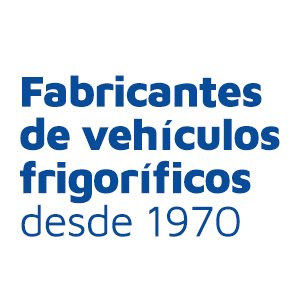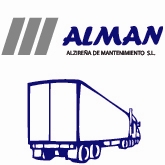The DGT Explains the True Meaning of the New Broken Edge Lines on Spain’s Roads
Disobeying these road markings not only endangers lives but also carries a considerable financial penalty.
One of the greatest challenges faced by the Dirección General de Tráfico (DGT) is finding ways to reduce the high number of pedestrian accidents, which claimed the lives of 109 people last year, making it one of the most persistent and deadly road safety issues in our country.
In particular, poorly marked pedestrian crossings are among the most dangerous spots in cities. In most cases, pedestrian crossings are clearly visible to drivers, and unless the driver is extremely negligent, they will stop upon encountering one. However, there are situations where a pedestrian crossing may be less visible to drivers, making it more hazardous.
Adding to this problem is the tendency of some pedestrians to forget that they are the ones at greater risk in the event of a collision, leading them to cross from one sidewalk to another at unmarked locations or without checking if a vehicle is approaching at high speed and showing no intention of stopping.
What Do These Signals Mean?
To address this issue, the DGT has adopted an innovative strategy: implementing optical effects created by horizontal road markings aimed at encouraging drivers to slow down in areas more susceptible to pedestrian accidents. Among the new markings are “dragon’s teeth” and “broken edge lines.”
“Dragon’s teeth” are a series of triangles arranged at regular intervals on both sides of the lane. The goal is that the pattern—resembling a jaw—creates an optical effect that makes the road appear narrower than it actually is, prompting drivers to reduce their speed. This marking extends for 30 meters in areas that require lower speeds and increased caution due to a higher risk of pedestrian accidents.
On the other hand, “broken edge lines” are zigzag lines, similar to those indicating a loading and unloading zone but in white instead of yellow. This marking is located on the edges of the road to warn of entering areas with vulnerable users, such as elderly people near a retirement home, children in a school zone, or heavily used pedestrian crossings. This means that drivers must exercise extreme caution and reduce their speed.
Finally, it’s important to mention that, as with any such road marking, disobeying them not only puts lives at risk but also incurs the financial penalty set by the Traffic Code, which in this case is 200 euros. Therefore, to avoid this violation, we must reduce our speed and increase our attention in these areas.








